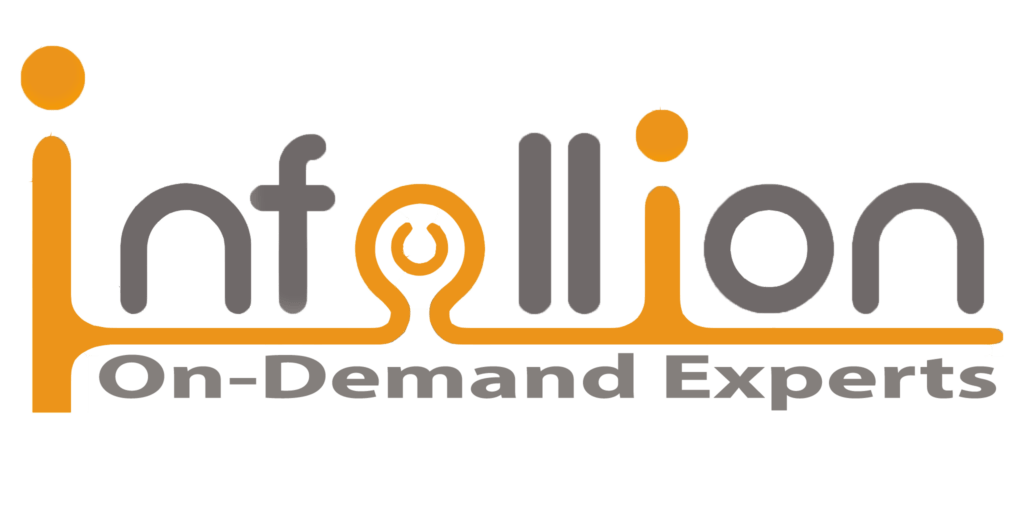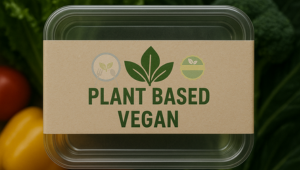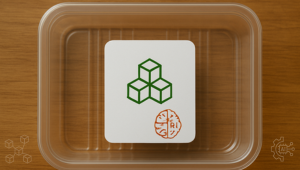Program Overview
This program offers an in-depth exploration of Value Stream Mapping (VSM) as a critical lean management tool for identifying and eliminating waste, enhancing value, and driving process efficiency. Participants will gain practical insights into creating and analyzing current and future state maps, applying lean principles, and leveraging advanced VSM techniques. The course includes hands-on simulations, real-life case studies, and interactive discussions to solidify understanding and foster skills for implementation. It also focuses on customizing VSM to organizational goals, equipping participants with strategies to sustain improvements and build a culture of continuous excellence.
Features
- Create and analyze current and future state value stream maps for identifying process inefficiencies.
- Apply lean principles and advanced VSM techniques to eliminate waste and enhance process flow.
- Develop actionable strategies for implementing and sustaining continuous improvements.
- Customize VSM initiatives to align with specific organizational needs and goals.
Target audiences
- Quality and Process Improvement Professionals.
- Production Managers, Manufacturing Engineers, and Lean Practitioners.
- Team Leads and Operations Professionals involved in process optimization.
Curriculum
- 7 Sections
- 42 Lessons
- 1 Day
Expand all sectionsCollapse all sections
- Introduction to Value Stream Mapping (VSM)6
- 1.0Definition and importance of Value Stream Mapping
- 1.1Historical background and evolution of VSM
- 1.2Core principles of VSM
- 1.3Interactive simulation: Understand the basic flow of VSM
- 1.4Case studies from leading manufacturing companies implementing VSM
- 1.5Discussion on common challenges and misconceptions about VSM
- Understanding Value and Waste in the Value Stream6
- 2.0Identifying value-added and non-value-added activities
- 2.1Understanding the seven types of waste (TIMWOOD: Transport, Inventory, Motion, Waiting, Overproduction, Overprocessing, Defects)
- 2.2Role of VSM in eliminating waste and enhancing value
- 2.3Exercise to identify value and waste in a simulated production process
- 2.4Examples of waste reduction and value enhancement through VSM
- 2.5Group discussion on identifying value and waste in their own processes
- Creating Current State Maps6
- 3.0Steps to create a current state value stream map
- 3.1Symbols and notations used in VSM
- 3.2Collecting data and mapping the current state
- 3.3Hands-on exercise on creating a current state map for a hypothetical production process
- 3.4Case studies showcasing current state maps in various industries
- 3.5Discussion on challenges and best practices in creating current state maps
- Analyzing the Current State Map6
- 4.0Identifying bottlenecks and areas for improvement
- 4.1Techniques for analyzing the current state map
- 4.2Role of root cause analysis in VSM
- 4.3Exercise on analyzing a current state map and identifying improvement opportunities
- 4.4Real-world examples of current state map analysis
- 4.5Group discussion on analyzing their own current state map
- Designing the Future State Map6
- 5.0Steps to create a future state value stream map
- 5.1Principles of lean thinking in designing the future state
- 5.2Setting improvement targets and action plans
- 5.3Hands-on exercise on creating a future state map for a hypothetical production process
- 5.4Case studies showcasing future state maps and improvement plans
- 5.5Discussion on challenges and best practices in designing future state maps
- Implementing and Sustaining Improvements6
- 6.0Steps for implementing improvements based on VSM
- 6.1Role of continuous improvement and Kaizen in sustaining changes
- 6.2Measuring the impact of VSM and continuous improvement efforts
- 6.3Simulation of a Kaizen event to implement and sustain improvements
- 6.4Examples of successful implementation and sustainability of VSM improvements
- 6.5Group discussion on strategies for sustaining improvements
- Advanced VSM Techniques6
- 7.0Integrating VSM with other lean tools and techniques
- 7.1Using digital tools and software for VSM
- 7.2Adapting VSM for service and administrative processes
- 7.3Exercise on using advanced VSM techniques and tools
- 7.4Case studies of advanced VSM applications
- 7.5Discussion on integrating VSM with other continuous improvement initiatives






